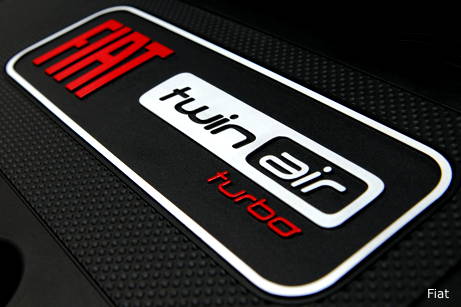D
- Written by {ga=Andrew}
- Category: D
A driving cycle is a defined sequence of driving operations used for testing fuel consumption and emissions. The cycle will consist of accelerations, decelerations and constant speed running, all carefully defined to ensure that different cars can be readily compared.
The best-known driving cycles are the European ECE-15 and NEDC.
- Written by {ga=Andrew}
- Category: D
DC Direct current
DCT Dual clutch transmission
DDE Digital Diesel Electronics - diesel engine management system (Bosch)
DfT Department for Transport (UK)
DIN Deutsches Institut für Normung - German standards institute
DIS Direct ignition system or Distributorless ignition system
DLO Daylight opening
DME Digital Motor Electronics - petrol engine management system (Bosch)
DOHC Double overhead camshaft
DOT Department of Transport (UK DOT replaced by DfT)
DPF Diesel particulate filter
DRL Daytime running lights
DSC Dynamic stability control, also known as Electronic stability control
DSG Direct Shift Gearbox (Volkswagen)
- Written by {ga=Andrew}
- Category: D

Downsizing is the trend towards smaller vehicles and smaller engines, the aim being to use less energy.
Strategies for downsizing engines without losing power and drivability include forced induction and variable valve timing.
- Written by {ga=Andrew}
- Category: D
Desmodromic valvegear is opened and closed by the action of a cam.
In conventional valvegear each valve is lifted from its seat by the cam, compressing the valve spring. As the cam continues to turn and passes its maximum lift point, the spring returns the valve to its seat. This system is simple and effective, but has the drawback that at very high speeds the spring cannot act fast enough, and the rate at which the valve closes lags behind the optimum determined by the closing ramp of the cam.
In desmodromic valvegear a second cam lobe, with a very different profile, is used in conjunction with a lever system to positively close the valve.
Desmodromic valvegear has been used in racing engines in cars (notably Mercedes sports and Grand Prix cars in the 1950s) and motorcycles (Ducati). Because it eliminates the possibility of valve bounce, desmodromic valvegear allows higher engine speeds which can lead to greater power output.
The drawbacks are cost, complication, noise and potentially greater maintenance.
Modern techniques for calculating cam profiles, which make the simpler spring-assisted valvegear more reliable at high speeds, have made desmodromic valvegear less attractive.
